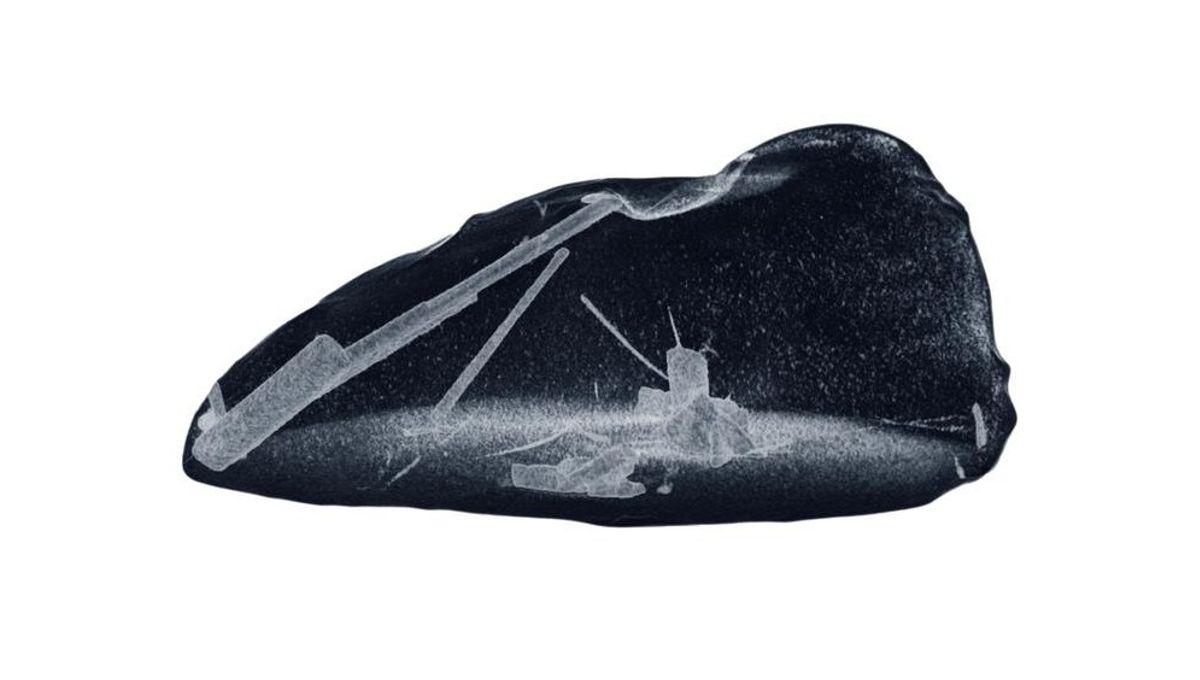You might have seen sped-up videos of how some crystals form. Maybe you did the famous experiment of putting a metal ring in a solution rich in salt, and saw little crystals forming on it. Water is a great medium to see crystals form. But crystals form in a variety of conditions and liquids, even in liquid metal, and not all of them are transparent like water. Now, researchers have developed a way to see crystal formation in opaque fluids.
The rest of this article is behind a paywall. Please sign in or subscribe to access the full content. The team used X-rays to study the formation of platinum crystals in liquid metal. They took platinum beads and dissolved them in gallium or gallium-indium liquid metal at 500°C (932°F). That’s less than one-third of the melting point of platinum, but in the liquid metal, platinum dissolves like sugar in water. Excess metallic elements in the same liquid lead to crystals. In the study, the researchers cooled this peculiar solution so that they could kickstart the crystal-forming process. To study the growth of the crystals, they used X-ray computed tomography, which is the technical term for a CT scan. Routinely used in medicine to map internal organs, a CT scan is what was needed to see inside liquid metals. “Witnessing the formation of crystals inside liquid metals like Gallium is a challenging task. Gallium is a very dense element whose atoms are tightly packed and is so opaque it is impossible for most microscopes to pass through a thick layer of Gallium. It was a really special moment to be able to develop a method to do this,” research leader Professor Kourosh Kalantar-Zadeh, from the University of Sydney, said in a statement. CT scan of crystals growing in liquid metal Image credit: Widjajana et al. Due to current technology limitations, the CT scans could image the crystal formation only at low resolution. Future advancements will go further and reveal more insights into the crystals. The use of liquid metals could make industrial chemical processes more efficient and possibly even more environmentally friendly. “To see how liquid metals can be harnessed to shape the future of smart materials and identify those that play important roles in energy sources, we need to understand their metallic and chemical properties, inside and out,” said Professor Kalantar-Zadeh. “With X-ray computed tomography, we can now truly see what we are working with and design liquid metal grown crystals to grow more precisely.” The study is published in the journal Nature Communications.






